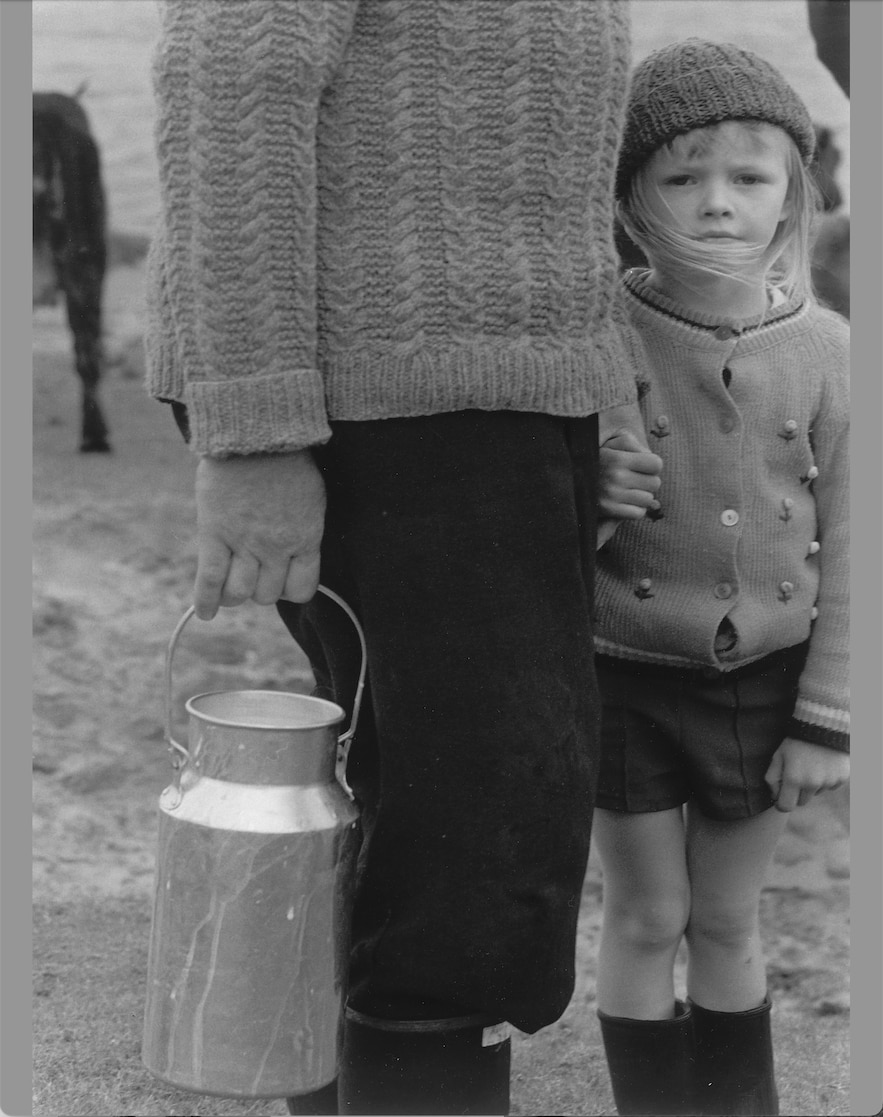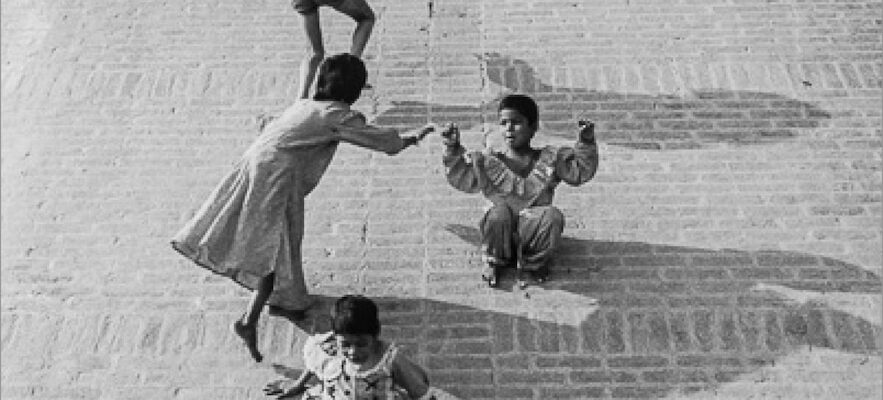“You can only photograph well alone,” affirms this image adventurer, who, paradoxically, never ceases to celebrate otherness in her black and white photos, the fruit of solo travels around the world. From the Black Madonna processions of Guadalupe, Spain, to the shipbreaking yards of Alang, India, from the villages of Burkina Faso to the shadow of the Aztec pyramids of Teotihuacan, the “city of the gods” in central Mexico , Henriette Ponchon de Saint André captured faces, snapshots of life, whether they are made up of ritual episodes or personal stories.
The ethnological character of her photos thus blends into human encounters – her true “center”, as she calls her quest for gazes. Almost six decades that she has been handling the little black box in an atypical career, several times distinguished, such as in 1977 when she received the prestigious Ilford prize for her work in the Hebrides Islands, in Scotland, or more recently, in 2019, the prize Coline-Rafer, dedicated to women.
“Games on the Ghats”, Varanasi, Uttar Pradesh, India, 1994.
/ © Henriette Ponchon de Saint-André
The one who will celebrate her 95th birthday on Christmas Eve is today at the center of an exhibition at the Lyon Municipal Library (BmL), visible until December 31. The opportunity to celebrate the child of the country because Henriette Ponchon de Saint André, native of Saint-Didier-au-Mont-d’Or (Rhône), grew up in the capital of Gaul where she still works in her laboratory. ‘Image workshop, a place of transmission and photographic conservation that she founded on the slopes of Croix-Rousse. If this great lady of humanist photography traveled the five continents, she also extensively documented “her” city.
While many of her works joined the BnF collections in 1992, the photographer donated part of her archives around the Lyon metropolis last year to the BmL. This set, which extends from the end of the 1970s to the mid-1990s, before retirement allowed Henriette, good footed and good eyed, to multiply distant journeys, includes more than 13,000 slides and a hundred prints. They are witnesses of a bygone era, when she immersed herself in 75 factories in Villeurbanne to explore the local industrial fabric or when she followed in the footsteps of the canuts, carrying her camera to the heart of the last workshops silky cross-roussiens.

“Milk”, Outer Hebrides, Scotland, 1978.
/ © Henriette Ponchon de Saint-André
Already at 12 years old, the kid, a refugee near Roanne during the war, machine-gunned those around her with her parents’ “Piccolette”. After a break of twenty-five years as a painter-decorator of wooden toys in the family company, she returned to her first passion and never left it. Henriette Ponchon de Saint André photographs as she breathes. Without stopping, ever. No one has captured maternal love, the brotherhood of men in labor, the brilliance of a child’s toothless smile better than she.
Fleeting moments that evoke the talent of Paul Strand or Dorothea Lange, among the great names in her art who have had a lasting influence on her. Like them, she places the little people, the forgotten, and social observation at the heart of her practice. And she could take up the credo of Sabine Weiss, a follower, in her photos, of the human figure and economy of means, close to her in many respects: “It’s not a question of loving Well, you have to be moved.”
“For life”exhibition of Henriette Ponchon’s photographs of Saint André, at the Municipal Library of Lyon, until December 31.
.
